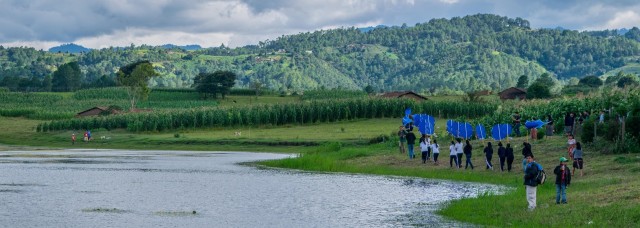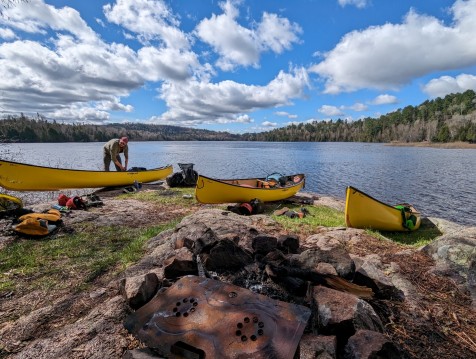One Drop's A·B·C for Sustainability Model

One in four people globally still lack access to safe water. The time for short-term fixes is over—only sustainable solutions will turn the tide.
At the One Drop Foundation, we use a proven model—A·B·C for Sustainability™—to make sure that what we do lasts. It’s simple: we combine Access to clean water and sanitation, Behaviour Change driven by art and culture, and Capital to keep it going. Here’s how it works:
A is for Access
Underpinning the A·B·C for Sustainability model is Access to essential water, sanitation, and hygiene services. This component focuses on building or improving physical infrastructure, such as wells, piped water systems, community water points, latrines, and handwashing stations.
These interventions aim to secure safe, consistent water and sanitation services, especially for marginalized populations.
But beyond the bricks and mortar, the Access component includes community involvement in planning, implementation, and governance. This leads to infrastructure that’s tailored to local needs and therefore more likely to be used as well as maintained.
Despite living in one of the most water-rich countries on the planet, many Indigenous communities in Canada continue to be disproportionately affected by water-related issues. That’s why we co-designed the Indigenous Water Allyship with First Nations, Métis, and Inuit partners to tackle the stark water challenges they face. This initiative exemplifies Access in action—investing in infrastructure and training while honouring local knowledge and leadership.

Photo credit: CIER/The Waterways Collective
B is for Behaviour Change— and its Benefits
Providing access is only one part of the equation. Infrastructure must be used and maintained both correctly and consistently to create real impact. What makes One Drop different? We use art as a tool for social change. Through our Social Art for Behaviour Change™ (SABC) approach, we spark conversations, challenge taboos, and inspire lasting habits in ways that resonate deeply with communities.
Around the world, SABC has taken many forms: community theatre, radio soap operas, mural painting, interactive games, and music videos, to name a few. These are designed and delivered in collaboration with community members who help sustain the effort well beyond the duration of the project.
In Tumaco, Colombia, local men teamed up with artists and Aguas de Tumaco to co-create a music video called Al Día, encouraging timely water bill payments. Part of One Drop’s SABC approach, the project reframed payments as support for vital services—cultivating community ownership and boosting participation as a result.
C is for Capital
The third component of our model, Capital, addresses the financial barriers that prevent communities from accessing and sustaining water, sanitation, and hygiene services. This involves supporting microfinance institutions, setting up community savings groups, and working with local businesses and entrepreneurs.
Capital interventions help ensure that infrastructure is not only built, but also maintained over time. They also create economic opportunities, as local actors become service providers and suppliers within a functioning ecosystem.
In India, the Sheohar II project tackled both financial and supply barriers to sanitation. By establishing 15 local points of purchase and partnering with microfinance institutions, it made sanitation materials more accessible and unlocked credit for thousands of families. As a result, over 23,000 people gained access to basic sanitation services, while local businesses and jobs grew.

Project Sheohar II, 2019-2022. Photo credit: Kannagi Khanna
The Ripple Effect
The strength of the A·B·C for Sustainability model lies in its integration. Access alone isn’t enough if behaviours don’t change. Behaviour change won’t last without reliable services. And neither can be sustained without financial tools. That’s why One Drop’s model is systemic by design—each component reinforcing the other to drive long-term results.
With projects spanning Africa, Asia, and Latin America, One Drop is on track to positively impact over 3 million lives by 2030. From social art in Colombia to sanitation loans in India, our integrated framework helps build stronger, more self-sustaining communities.
This is how One Drop turns water into action—and action into lasting change.